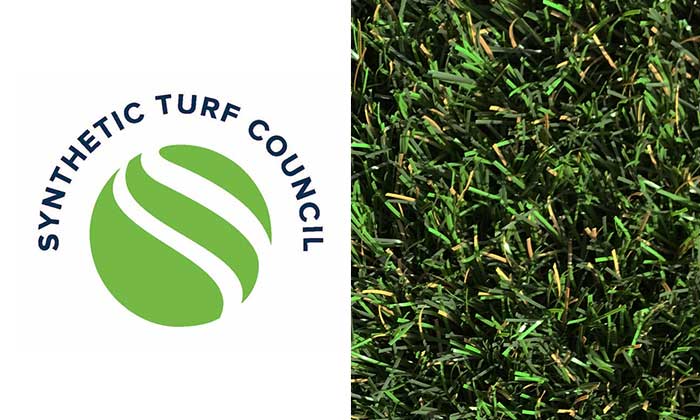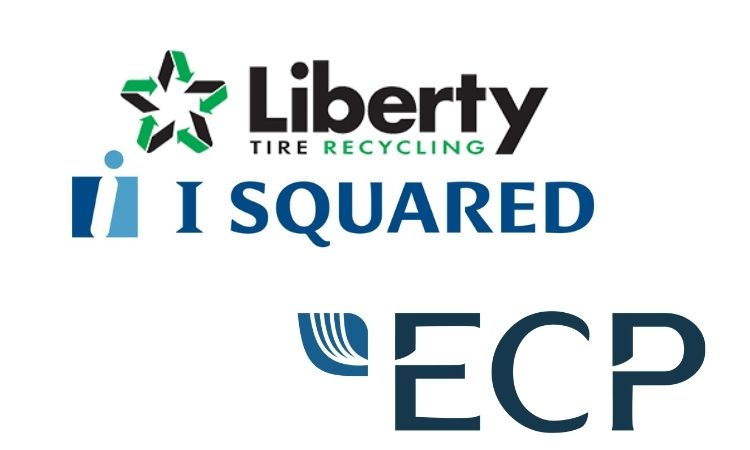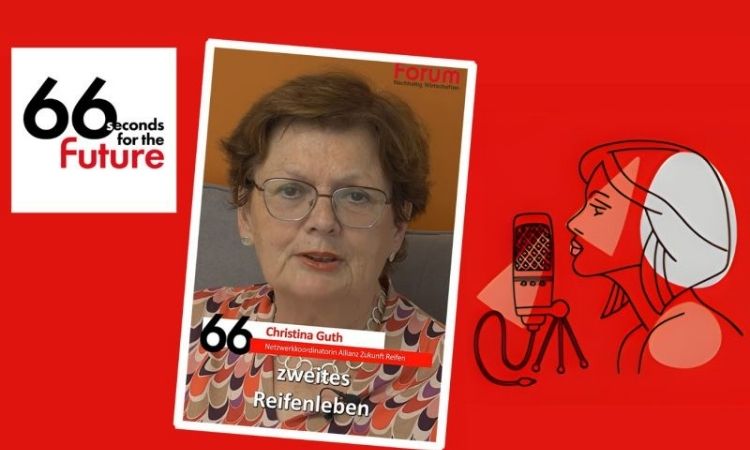Weibold Academy: Why life-cycle assessment studies are important in tire recycling and pyrolysis industry
Every month, Weibold Academy series touches various topics from the world of tire recycling and pyrolysis and highlights different sides of running this business. This month, our article discusses Life Cycle Assessment studies in the context of tire recycling and pyrolysis.
When it comes to tire recycling, it appears well-known that proper end-of-life tire (ELT) recycling techniques are utterly important for proper recovery of valuable materials and their reuse. However, it is equally important to:
- 1) Understand the life cycle of the end-of-life tire materials,
- 2) Assess footprint of different types of recycling / recovery on environment and quantifying and
- 3) Qualitatively and quantitively assess the effect that material and energy flows of a given product have on our communities, our planet, our health, economies, and the way we live.
As a specialized consulting company, Weibold is competent in carrying out Life Cycle Assessment for circular economy concepts involving end-of-life tire recycling and pyrolysis products. Read our article below and submit your request at sales@weibold.com to inquire about our services.
Incineration vs. mechanical recovery
One of the long-standing debates in the world of tire recycling is about how ethical it is to divert massive amounts of end-of-life tire rubber away from mechanical recycling and use tire chips and tire shreds as “tire-derived fuel” (TDF) in cement kilns.
While numerous research studies and other scientific evidence suggest that TDF is far better than coal in terms of CO2 emissions and calorific value, the industry and environmentalists haven’t reached consensus in this topic.
One of the most recent LCA studies was carried out by Denmark and Germany to assess end-of-life treatment options for used tires including processing of ELTs for material recycling (main scenarios used rubber as infill material in third generation artificial turf and cryogenic rubber powder) and co-incineration of tires in cement kilns. The study was commissioned by Genan, a Danish tire recycling company, and carried out by FORCE Technology Institute in Denmark.
The study, which meets ISO 14040 and ISO 14044 standards, demonstrates that mechanical recycling of end-of-life-tires into infill for artificial pitches is, by far, the most sound treatment option in terms of circularity and climate benefits.
According to FORCE, the mechanical recycling of an average of 400,000 tons of end-of-life tires processed into infill for artificial turf, compared to energy recovery, prevents 280,000 tons of CO2 emissions annually in the EU alone. Giving a more tangible comparison, the study highlights that producing crumb rubber infill for artificial turf pitches offsets greenhouse gases emissions comparable to the amount of those absorbed by 140,000 hectares of forest land (some 250 million trees) in the EU alone.
The LCA study notes that, in contrast to co-incineration, mechanical tire recycling yields a significant volume of valuable raw materials for other processes. The FORCE adds that these raw materials are often extracted and imported from abroad.
The flip side of the coin, however, is the regulatory environment which has been rather challenging during the last decade. After a decade-long debate about safety of crumb rubber infill in artificial turf (the absolute majority of research claims the infill is safe), the Committee for Risk Assessment (RAC) of the European Chemicals Agency (ECHA) recently proposed to ban the infill. The arguments for ECHA’s drastic decision remain dubious.
Tire-derived pyrolysis fuel and recovered carbon black
In the recent years, interest in pyrolysis in the tire recycling industry has skyrocketed and indeed taken a lot of attention away from mechanical tire recycling.
Ever more companies today manage to succeed in this complex business by creating homogeneous rCB output, adhering to special demands of big carbon black consumers, upgrading recovery technologies and much more.
But our understanding of the beneficial impact the emerging pyrolysis sector with its more sophisticated product output has on the many environmental categories is still in its infancy. Better understanding the effect our choices of raw materials and processing techniques have on the entire value chain from mining to waste disposal (“cradle-to-grave”) will allow us to make sound decisions and thereby better protect our environment and health, improve the corporate image, create a higher value product, and, ultimately, improve our profit margins.
A successfully completed LCA for tire pyrolysis products can result in any or all of the following:
- A better understanding of the feedstock materials employed in the process
- Recognizing opportunities for streamlining the process
- Internalization of terms and parameters values that serve as a language with which to engage feedstock and technology suppliers as well as customers and regulatory authorities
- Opportunities for vertical integration or cooperation with upstream or downstream members of the product value chain
- A tool for objectively comparing plant output to competitors’ products on a “normalized” (apples-to-apples) basis
- Opportunities and establishment of criteria for the development and enhancement of future products
- An enhanced perception of the organization as a player on an international level
- Better marketable products; having an LCA attached to a product proves control and consistency of the production process
- Higher acceptance and achievable prices for a given product and thereby directly improved profit margins (f. ex.: having an LCA with sulfur level and CO2 emission indications for fuels produced from tire pyrolysis will generally fetch a price increase of 10% to 50% and give access to larger off-takers who are charged with economically improving their environmental footprint).
As tire pyrolysis is a nascent branch of the industry, where standards, markets and common guidelines are yet to be developed.
To dive deeper into the topic, we recommend watching our webinars (live and recorded), where the industry’s experts elaborate, among others, on topics such as:
- Introduction to Tire Pyrolysis and Latest Trends
- Recovered Carbon Black Markets
- Pyrolysis Oil and the Carbon Black Circular Value Chain
- Efficient Fine Grinding of Recovered Carbon Black with Fluidized Bed Jet Mills
- Roadmap Towards Recovered Carbon Black as a Commodity (ASTM and standardization)
- And more.
Life-cycle assessment studies by Weibold
Weibold has been focusing on tire recycling and pyrolysis consulting since 1999. As a specialized consulting company, Weibold is competent in carrying out Life Cycle Assessment for circular economy concepts involving end-of-life tire recycling and pyrolysis products. Over more than two decades, our team has been studying a broad range of products using recycled tire rubber and valid for recycled rubber inclusion.
To dive deeper in the topic and learn more about challenges and advantages of LCA studies in tire recycling / pyrolysis business, read our previous article about LCA.
To request help of professionals and inquire about our services, submit your request at sales@weibold.com or through our website.
Weibold is an international consulting company specializing exclusively in end-of-life tire recycling and pyrolysis. Since 1999, we have helped companies grow and build profitable businesses.









